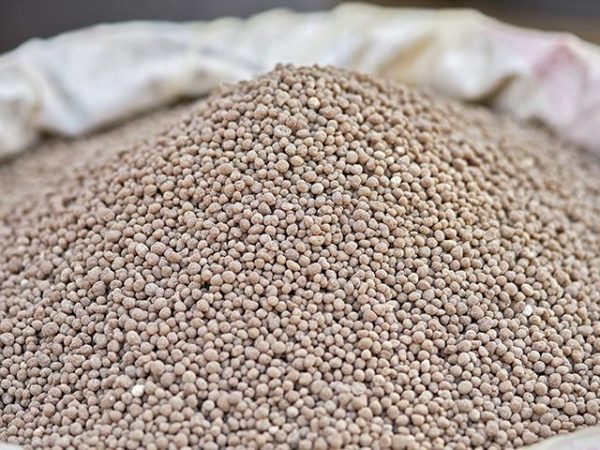The Russia-Ukraine conflict has driven up already high global agricultural commodity prices.
According to the World Food Programme (WFP) fertiliser prices have also reached all-time highs both in the global and domestic markets, casting a serious shadow on 2022 cereal harvests and food insecurity in the Eastern Africa Region.
“Fertilisers prices increased two-fold (more than doubled) from their levels a year ago in the region within two months of the Ukraine Invasion. This unfortunately coincided with the 2022 main season crop planting that disrupted farming,” it said.
There has also been a hike in fuel prices region-wide, rising by 17-75 percent in April 2022 year-on-year, the steepest increase observed in Burundi, Somalia, Kenya, Ethiopia, and South Sudan. This has impacted farmers’ ability to use farm machinery and transport and will further reduce their ability to grow sufficient crops this year.
WFP estimates that the cereal production during the 2022 cropping year could potentially decrease by 16% year-on-year because of high fertiliser and fuel prices. The total 2022 cereal production will be about 37.8 million MT, down from 45.2 million in 2021.
This represents about 7.2 M crop production – There is a likelihood of the number of food insecure people in the region rising by nearly 6-7 million by the end of the year solely because of the reduced crop production because of the fertiliser price increase and attendant reduction in use.
The cereal production estimates are conservative and could potentially be higher especially in Somalia, Ethiopia and marginal agricultural areas in Kenya that have been worst affected by the ongoing drought conditions in the Eastern Horn of Africa.
The highest decline in cereal production will be in Ethiopia (21%), Kenya (12%) and Sudan (16%) while marginal reduced in the rest of the countries given relatively low use of fertilizers by the latter. This implies that fertilizer price inflation will likely magnify food insecurity in these countries more than in the rest.
Reduced domestic cereal availability will likely result in more food imports to bridge the gap putting additional pressure on already weaker local currency resulting in higher food inflation in the short run and adding to food security concerns in the region.
Higher food prices combined with low household stocks will further compromise household purchasing, limiting physical and economic access to food. Affected farmers and majority of poor urban and rural households relying on markets will be the worst hit. There is a likelihood of the number of food insecure people in the region rising to more 100 m by the end of the year.









Learn what farmers from 24 states and over 20 countries worldwide already know about the “SNX30 fertilizer supplement” that makes fertilizer affordable.
Comments are closed.